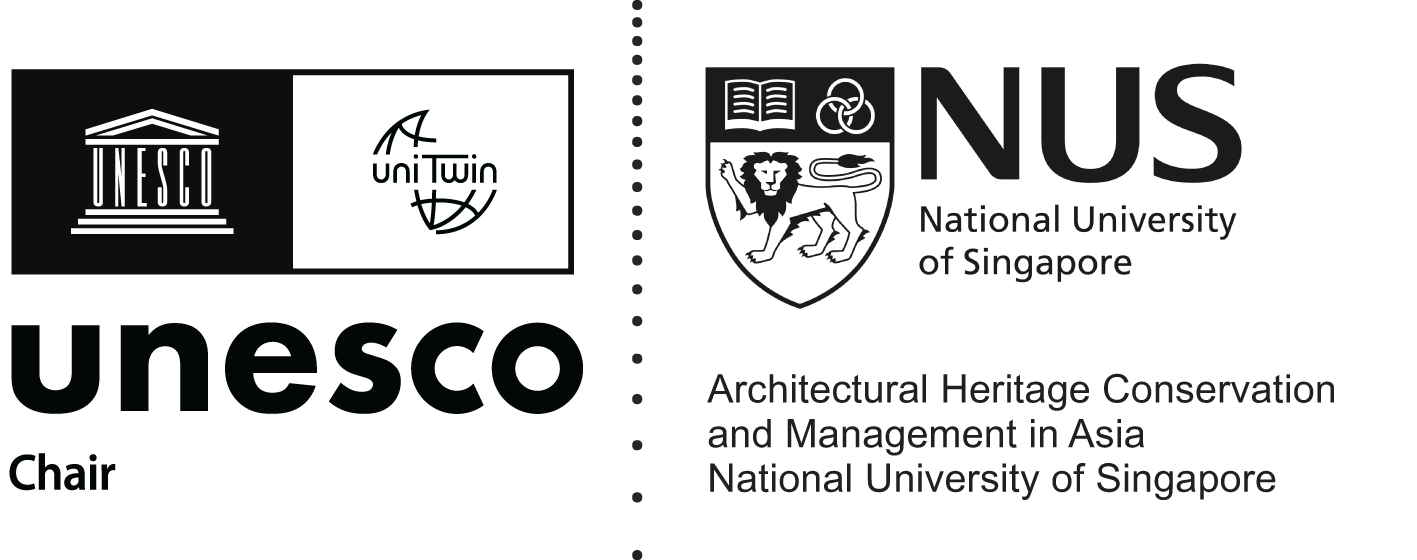Master of Arts in Architectural Conservation
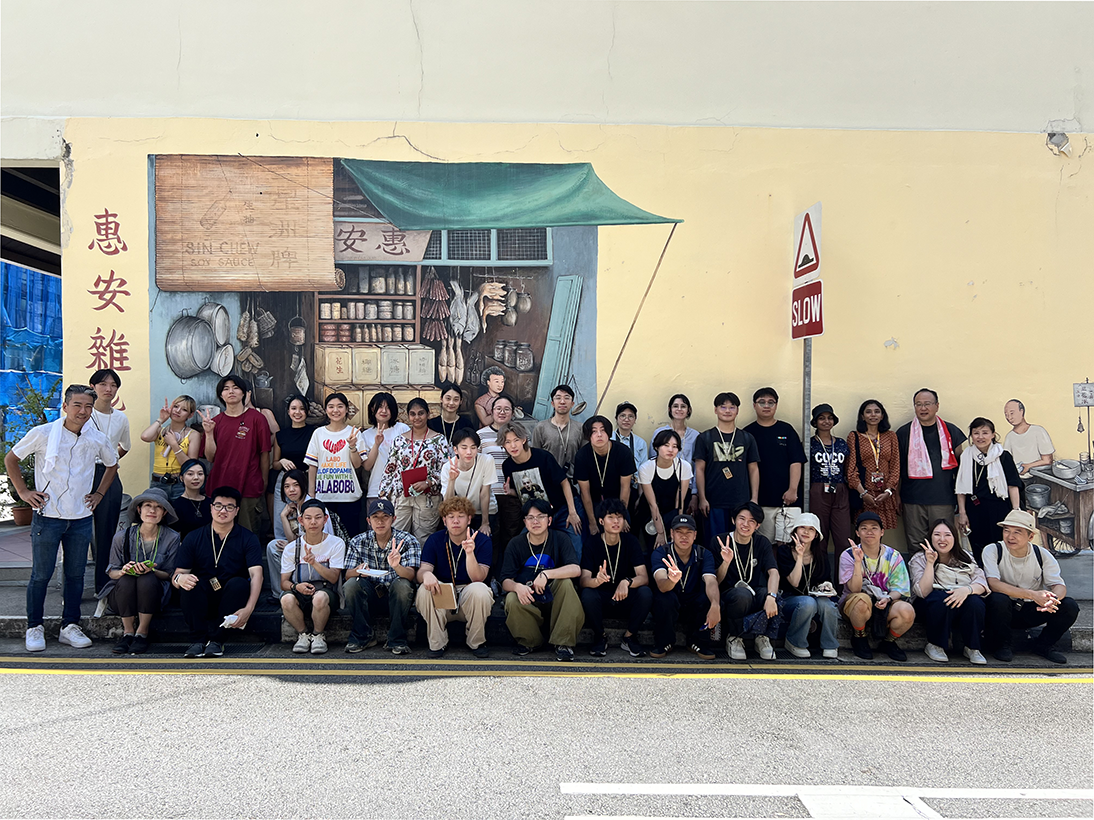
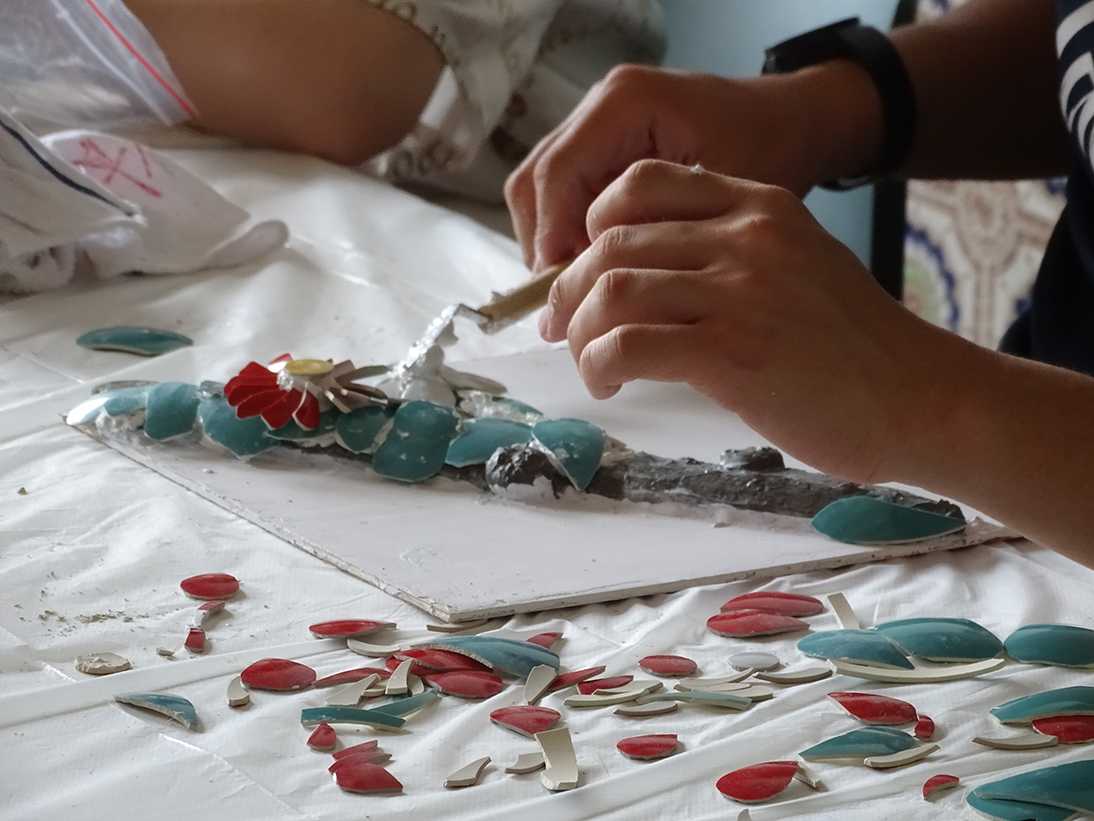


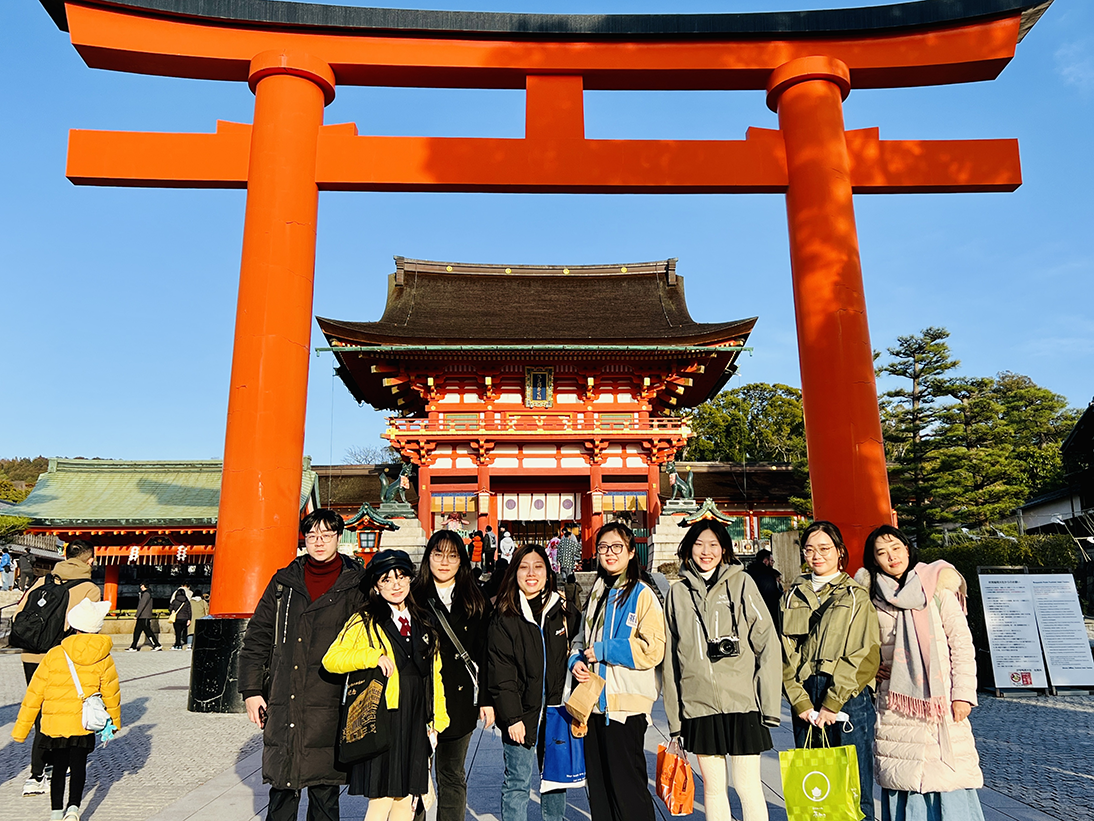



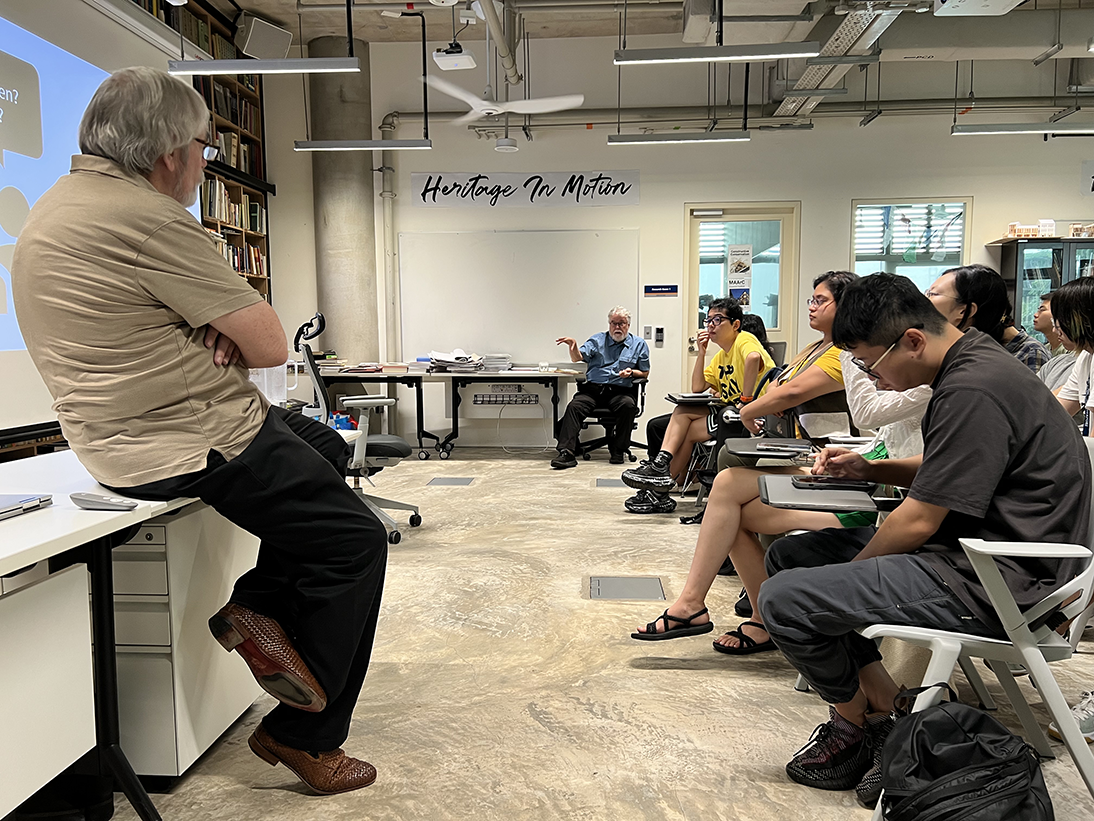

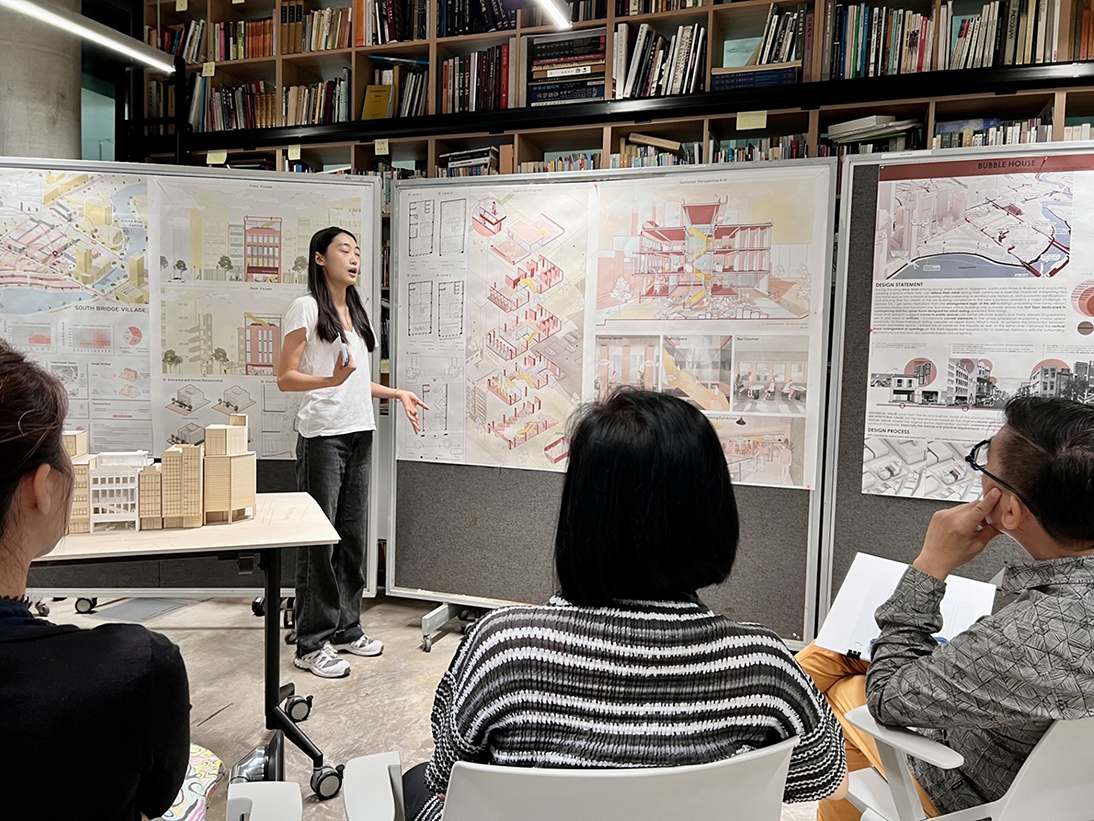
OVERVIEW
The Master of Arts in Architectural Conservation (MAArC) is an advanced programme that offers a unique perspective on diverse Asian cultures by providing students with comprehensive knowledge and essential hands-on training and experience to develop skills for a range of careers in historic building conservation and related fields.
ABOUT MA IN ARCHITECTURAL CONSERVATION
The MAArC is distinctively Asian, with the focus on ‘living’ and ‘local’ culture, and urban in its emphasis. Located at the crossroads of East and West, Singapore stands out for its unique urban landscape: historic districts, heritage buildings, and national monuments, which blend seamlessly with modern high-rise buildings. The survival of these rich and varied historic sites amid Singapore’s rapid development has been only possible due to deliberate, conscious, and integrated urban planning. With the city-state as a springboard providing enriching backdrop, we aim to provide an architectural conservation education that is sensitive to the varied challenges facing historic Asian cities, as well as diverse opportunities provided by the richness of cultural heritage, and socio-economic elements of the region.
Historic Asian cities are often regarded as the cradle of civilisation and have played a vital role in the development of human societies. In the past few decades, cities across Asia have been experiencing tremendous transformations in their social, cultural, and economic structures due to an unprecedented rate of urbanisation and rural-urban migration. Even as millions living in these cities currently enjoy a share of ‘progress,’ they are nevertheless under the constant threat of destruction. What is at stake is the erasure of the cultural endowments and values of various communities, and the rapid and irreversible alteration of the character of inner-city neighbourhoods – these have repercussions on how people live and work, and on the preservation of urban fabric. to that end, we prepare our students with historical perspectives, cultivate intellectual tools, and acquire practical design and conservation skills to manage conservation projects of different scales and context. our students will understand that the most pressing urban heritage management challenges cannot be solved by a single discipline but requires interdisciplinary collaborations across professions and key stakeholders.
Architectural conservation is increasingly relevant to the profession’s future due to the need to preserve cultural heritage and the built environment, address climate change, and promote sustainable building practices. This has created a demand for professionals who can conserve, restore, and rehabilitate historic buildings and promote the reuse and retrofitting of existing structures to reduce embodied energy and carbon emissions associated with new construction.
Architectural conservation can also contribute to economic and social vitality by promoting tourism, cultural heritage, and local identity, creating jobs, and stimulating economic growth. Additionally, it can play a significant role in achieving carbon neutrality through various approaches, such as using renewable energy, energy efficiency measures, and carbon offsetting.
The job outlook for those with an Architectural Conservation degree is very promising, with opportunities in government agencies, non-profit organisations, architecture firms, museums, and cultural heritage organisations. Specialised skills in sustainable design, historic preservation, and cultural heritage management can help individuals stand out in a competitive job market.
The Architectural Conservation graduate programme at NUS offers comprehensive education and training in conservation theory, practice, and research, providing students with key skill sets such as conservation science and technology, architectural documentation and recording, conservation planning and management, heritage interpretation and communication, research and critical thinking, and networking opportunities with the conservation industry.
Strengths
NUS Baba House in Singapore, Architectural Conservation Laboratory and NUS-Tun Tan Cheng Lock Centre for Asian Architectural and Urban Heritage in Melaka (Malaysia) are the unique resources available to Department of Architecture[1] to facilitate hands-on training and research into architectural conservation and urban environments.
Our teaching (guest) faculty is drawn from an international cast of heritage professionals and practising building craftspersons with diverse theoretical orientations, academic backgrounds, and varied work experience, in addition to the NUS lecturers and professors. The MAArC programme, through its balanced approach towards conservation principles, design and practice, endeavour to train students to contribute to critical discourses and shape the practice by providing thought leadership.
National University of Singapore,[2] Department of Architecture hosts the UNESCO Chair on Architectural Heritage Conservation and Management in Asia. It is dedicated to promoting research and education in the field of architectural conservation. (see Press Release)
